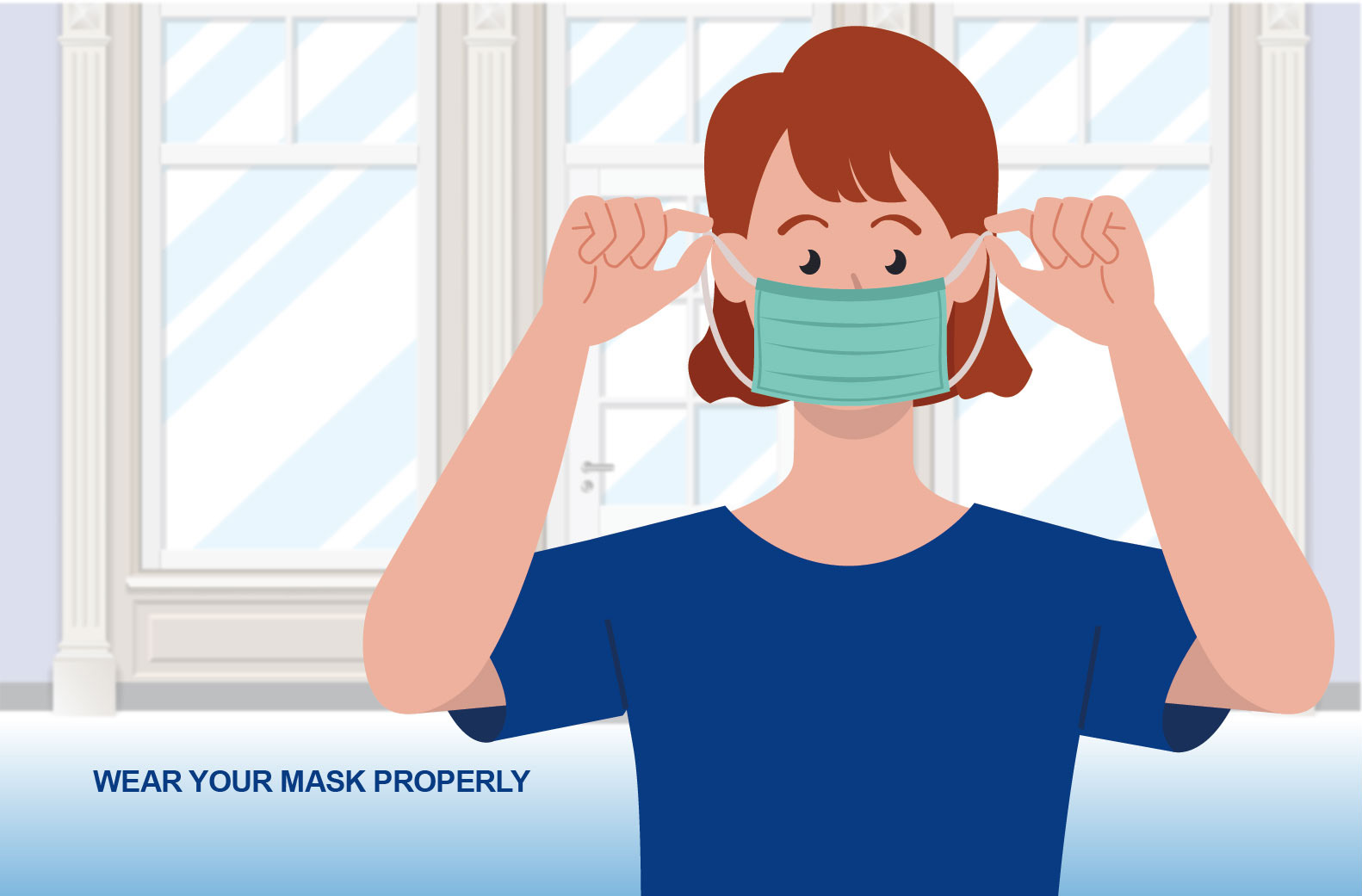Why Wearing a Mask Matters
As Florida continues to re-open, wearing a mask or face covering has never been more important to protect you and your loved ones from COVID-19.
That’s the message Dr. Nishant Anand, chief medical officer for BayCare, wants to continue to send to the community.
“Research now shows us that wearing a mask can help reduce the transmission of COVID-19,” said Dr. Anand. “As the virus continues to spread across our community, it is vital to wear a mask whenever it is not possible to socially distance from those outside your household.”
Earlier this month, a research study from the British medical journal The Lancet which reviewed 172 observational studies from 16 countries showed that face coverings can help protect the general public from COVID-19.
“There is currently no cure or vaccine available for COVID-19,” said Dr. Anand. “The virus is still here and we’re seeing that it is now spreading in the community. That’s why, you should continue to practice social distancing and wear a mask to help protect yourself and others in your proximity.”
When to wear a face covering
It’s important to wear a mask or face covering in places where social distancing can be challenging to maintain. Those places can include grocery stores, malls, doctor’s office, spas, salons, movie theaters, restaurants, airports, planes, post offices, group gatherings and workplace environments.
“Many who carry the virus can show no symptoms and do not know they’re infected,” said Dr. Anand. “That’s why wearing a face covering in public spaces can help provide an extra layer of protection and help prevent the respiratory droplets from traveling in the air and being inhaled by other people.”
How to wear a face covering
First, wash your hands before wearing a mask or face covering. Once your hands are washed, put the mask over your nose and mouth and make sure it’s secured under your chin. When you wear it, adjust the straps to make sure you are able to breathe comfortably and normally. Make sure the mask covers your nose and does not fall down.
What face coverings work
Dr. Anand says surgical masks or cloth face coverings can be sufficient to help prevent the transfer of respiratory droplets. Cloth face coverings are easy to make at home using any household items including scarves, bandanas or cotton materials. Surgical masks are available in many stores and online. Do not use N-95 masks. Leave those masks to health care workers and first responders, who need the protection as they are often in close proximity to patients for extended periods of time, says Dr. Anand.
How to safely remove a face covering
After you carefully remove your mask or face covering at home, fold outside corners together and place it on a paper towel or plastic bag to avoid contaminating surfaces. During this process, make sure you do not touch your eyes, nose or mouth. It’s also important to wash your hands immediately after removing the mask, Dr. Anand says.
How to wash a cloth face covering
To keep your mask clean, place it in the washing machine after each use with the rest of your laundry. The Centers for Disease Control and Prevention (CDC) recommends using regular laundry detergent and the warmest appropriate water setting to wash cloth face coverings. To dry them, make sure to use the highest heat setting.
Cloth face coverings can also be washed by hand using a mix of water and bleach solution. CDC recommends soaking the masks in bleach solution for five minutes and rinse thoroughly with cool or room temperature water.
For more information on face coverings, visit the CDC website.



